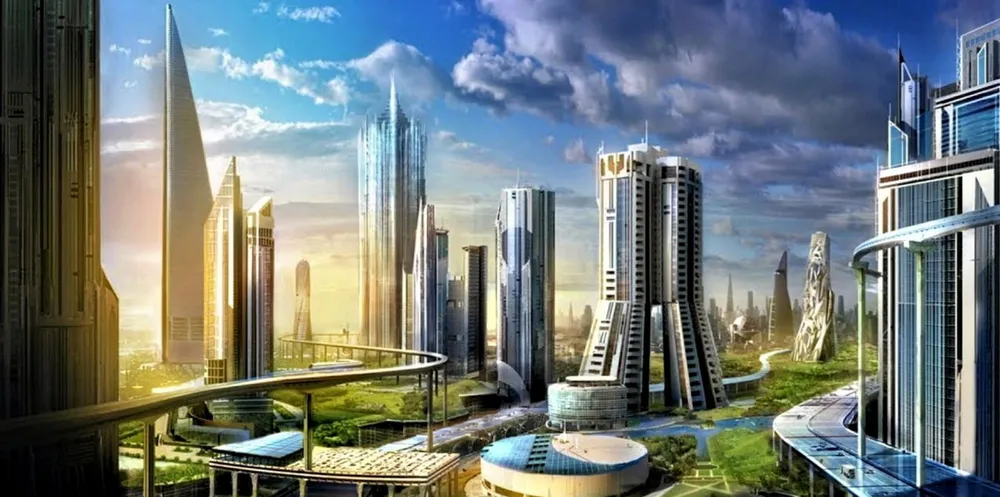German steelmaker gets government backing for green hydrogen pilot in Saudi Arabia future city
Big 20MW electrolyser from Thyssenkrupp to be 'stepping-stone' towards construction in 'Neom' of one of world’s largest renewables-powered hydrogen plants

Big 20MW electrolyser from Thyssenkrupp to be 'stepping-stone' towards construction in 'Neom' of one of world’s largest renewables-powered hydrogen plants
